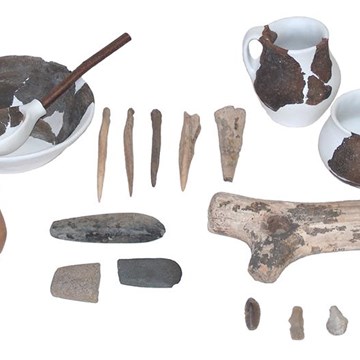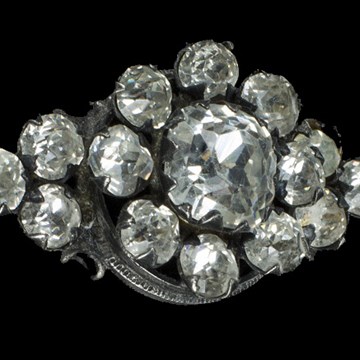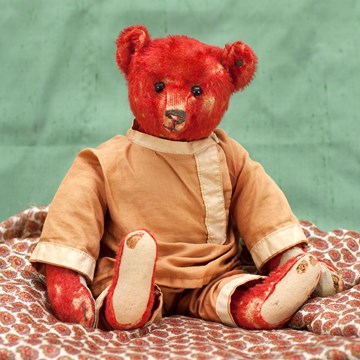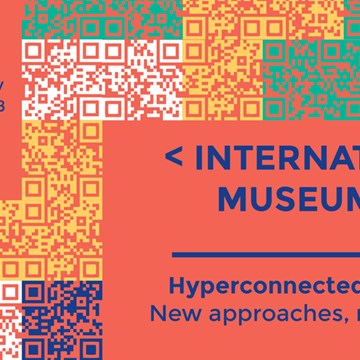National Museum in Szczecin
Muzeum Narodowe w Szczecinie
The Museum is housed in a Baroque palace designed by Gerard Cornelius von Walrawe, and was built during the years 1726-1727. Opened in 1945 as the City Museum, it was renamed the Museum of West Pomerania in 1949. In 1970, it was elevated to the rank of a national museum.
The Museum holdings include objects from prewar German collections, salvaged from destroyed buildings, warehouses and stores. These include medieval and modern works of art from West-Pomerania, stone objects and woodwork from the thirteenth to the sixteenth centuries. The collection is particularly noted for its lime columns from the Cistercian monastery in Kolbacz, decorated with floral ornaments and figures; baptismal fonts from Lubiana and Wrzosow, which are typical of medieval art in the Baltic region and were done by stone-cutters from Gotland; two thirteenth century wooden figures of the Virgin and Child from Gardno, and a mid-fourteenth century oak crucifix from the cathedral in Kamien Pomorski, which is of special significance to the development of wooden sculpture in Europe. The Museum also boasts examples of guild art from the fourteenth through the sixteenth centuries, including fully or partially preserved reredos altars, triptych and passion figures; art commissioned by courts, most notably a collection of portraits of the Gryfit family from the legendary Swantibor to its last rulers, who lived in the early seventeenth century; a collection of jewels and robes of Pomeranian princes, dating back to about 1600, which were excavated from the sarcophagi at the Szczecin castle, including the gold jewellery of Prince Francis I (1577-1620). The Museum's pieces made of metal include thirteenth and fourteenth century censers, bells and mortars from the thirteenth through eighteenth centuries, a rich collection of sixteenth and seventeenth century cast-iron plates decorated with biblical and allegorical scenes, and pewter ware, including fourteenth century jugs and other pieces made by Pomeranian artisans of the sixteenth through the eighteenth centuries. The Old Drawings and Prints Room contains eighteenth through twentieth century drawings, chiefly by German artists active in Berlin, Dresden and Pomerania. Its most valuable exhibits are the thirty-six sketches by the Venetian Giambattista Tiepolo (1696-1770) and his son Giandomenico Tiepolo (1727-1804). There is also a vast collection of archaeological finds from the Stone, Bronze and Iron Ages.
Exhibitions and events
We don't have anything to show you here.
Educational programs
We don't have anything to show you here.
Collections
We don't have anything to show you here.










